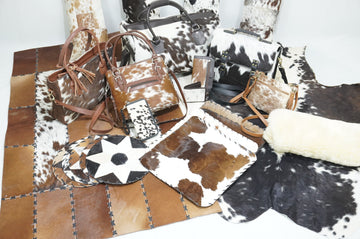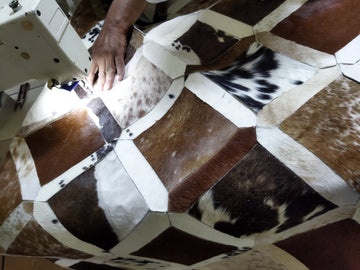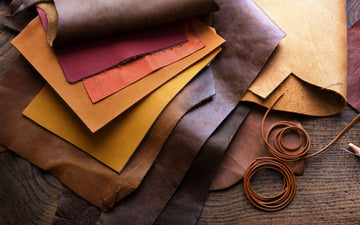Proper care for leather products ensures they last for years and maintain their appearance. Here’s a comprehensive guide on how to care for leather items:
- Regular Cleaning
- Dust and Dirt Removal: Use a soft, dry cloth to wipe off dust and dirt. For deeper cleaning, use a slightly damp cloth or a dedicated leather cleaner.
- Avoid Harsh Soaps: Never use regular household cleaners, detergents, or soaps, as they can damage leather.
- Leather Cleaner: For tough stains or grime, use a specialized leather cleaner. Apply it gently with a cloth, following the manufacturer’s instructions.
- Conditioning
- Why Condition?: Leather can dry out over time, causing it to crack or lose its luster. Conditioning restores moisture and keeps it supple.
- How to Condition: Use a leather conditioner specifically designed for the type of leather. Apply a small amount to a soft cloth and rub it into the leather in circular motions.
- Frequency: Condition every 3 to 6 months, or more frequently in dry climates or for items exposed to the elements, such as leather bags or jackets.
- Protecting from Water and Stains
- Waterproofing: Use a leather protector or waterproofing spray designed for leather to shield it from water damage. Test the product on a small, hidden area first.
- Quick Drying: If leather gets wet, blot the water away with a dry cloth and allow it to air dry naturally, away from direct heat or sunlight, which can cause cracking.
- Avoid Stains: Keep leather away from greasy or colored liquids, as these can leave permanent marks. Clean spills immediately with a dry cloth.
- Proper Storage
- Avoid Direct Sunlight: UV rays can fade and dry out leather, so store items in a cool, shaded area.
- Use Dust Bags or Covers: Store leather bags, shoes, or jackets in dust bags or breathable covers to protect them from dust and light exposure.
- Keep Shape: Stuff bags or shoes with tissue paper or use shoe trees to maintain their shape during storage. Avoid plastic bags, as they can trap moisture.
- Avoid Heat Sources: Keep leather away from direct heat sources like radiators or heaters, as heat can dry out the leather and cause cracking.
- Handling Scratches and Scuffs
- Minor Scratches: For small scratches, gently rub the area with a clean finger or a soft cloth. The natural oils from your skin may help to buff them out.
- Leather Creams: For deeper scratches or scuffs, use a leather repair cream or balm in a matching color. Apply it with a cloth and gently buff the area until smooth.
- Avoid Overstuffing and Stretching
- Prevent Overloading: Don’t overfill leather bags or wallets, as this can stretch the leather and cause permanent deformities.
- Handle With Care: When using leather products, especially bags, avoid yanking or pulling too hard on straps or zippers, as this can weaken the leather over time.
- Polishing (For Shoes and Certain Leather Goods)
- Polish Regularly: Leather shoes and certain accessories can benefit from regular polishing to maintain shine and protect the surface.
- Shoe Polish: Use a wax-based polish that matches the color of your leather item. Apply it with a cloth or soft brush, let it dry, and buff it to a shine.
- Resting Leather Items
- Rotate Usage: For frequently used leather items (e.g., shoes, bags), give them a rest between uses to prevent excessive wear. Rotating between different items can prolong their lifespan.
- Avoiding Chemicals
- Perfume and Lotions: Avoid spraying perfume, hair products, or lotions directly on leather, as the chemicals can damage the surface.
- Alcohol and Solvents: Keep leather away from alcohol, nail polish remover, and other harsh chemicals, which can strip the leather’s finish.
- Professional Cleaning and Repairs
- Seek Expert Help: For stubborn stains, deep cleaning, or significant damage, take your leather item to a professional cleaner who specializes in leather. They can also handle complex repairs like re-stitching or recoloring.
By following these care tips, you can preserve the beauty, texture, and durability of your leather products for years to come.






